Moving a gas meter is often necessary for accessibility, renovation, or structural considerations. However, the question is how much it costs to move a gas meter.
In this article, we will explore the significance of moving a gas meter and unveil the key factors that influence the cost of this process.
Importance of Moving a Gas Meter
Gas meters are vital in measuring gas consumption in residential and commercial properties. They provide accurate readings that determine monthly gas bills. Sometimes, the placement of a gas meter can hinder access and reading.
Moving a gas meter becomes essential during renovations or when adding extensions to a property. Relocation becomes the only viable solution if the gas meter obstructs structural work. Moving a gas meter can offer the following benefits:
Accessibility
Moving a gas meter to a more accessible location allows for easier reading and maintenance. It eliminates the need for excessive bending or reaching to record gas usage.
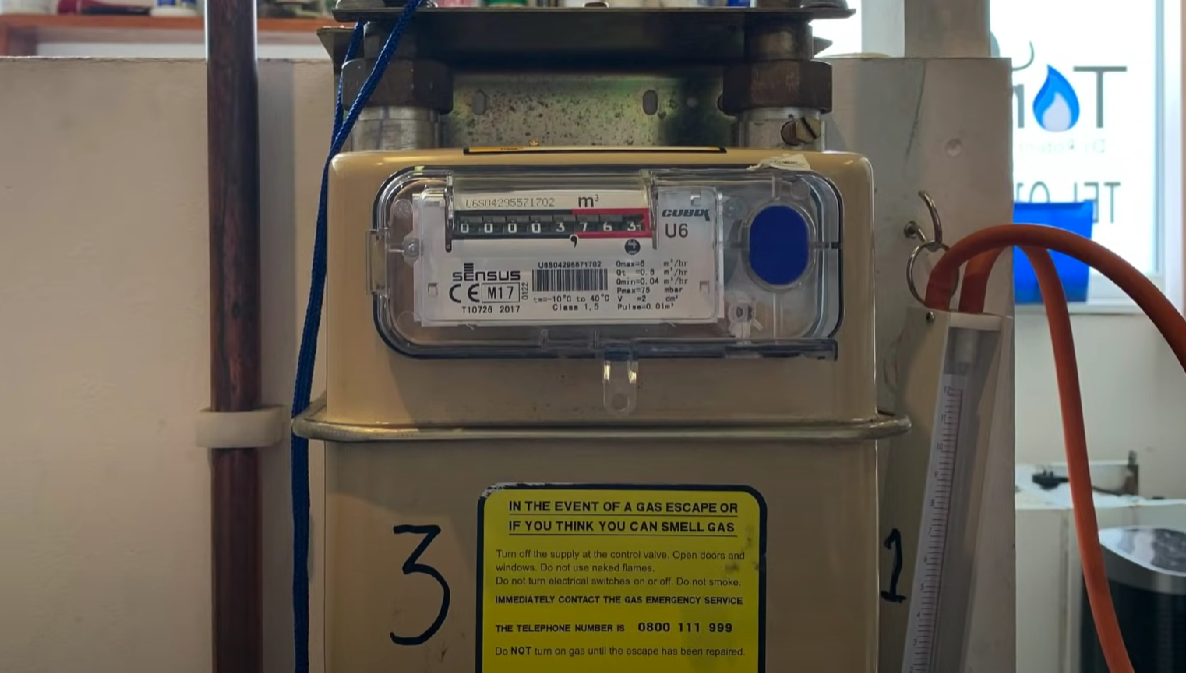
Renovations
During home renovations, moving a gas meter may be necessary to accommodate structural changes or create space for new additions.
Structural Considerations
In some cases, the existing placement of the gas meter may interfere with essential structural work, such as building extensions or installing new plumbing systems. Relocating the gas meter ensures that the construction can proceed smoothly.
Cost Breakdown of Moving a Gas Meter
Several factors influence the cost of moving a gas meter. Significant determinants are the distance it needs to be moved, the time required for the relocation, and the type of connections involved. Let’s break down the estimated costs involved in moving a gas meter:
Cost of Materials
This includes the expenses for new pipes, fittings, and any additional equipment required for the relocation. The exact price varies depending on the length and complexity of the pipe system.
Labor Expenses
The cost of skilled labor is an essential component. Trained professionals are necessary to ensure safe and accurate relocation. Typically, labor costs range from $300 to $500 per day.
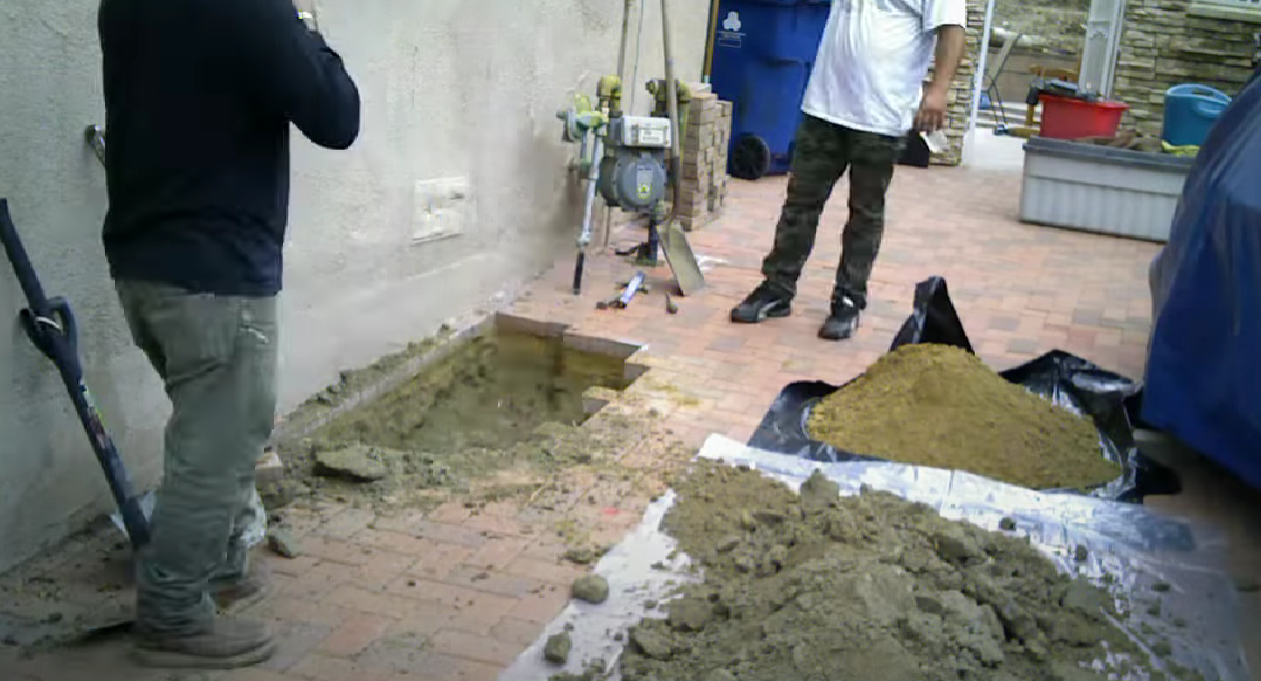
Plastering and Decorating Costs
After moving the gas meter, it is essential to use the space well. It may involve plastering, painting, or brickwork to restore the area’s appearance. The cost of plastering and decorating depends on the extent of the work required and local rates.
Meter Housing Considerations
If the existing meter box and housing are unsuitable for relocation, a new one might need to be installed. The cost of a new meter box ranges from $200 to over $1000. Filling the old space left by the previous meter box may incur additional expenses.
Location-Based Variations
The geographical location can impact the charges imposed by gas professionals. Areas with higher living costs, such as London, might have higher labor costs. Obtaining quotes from local tradespeople is advisable to get accurate cost estimates.
To provide a clearer picture, the table below presents the average costs involved in moving a gas meter:
| Components | Cost Range | Average Cost |
| Materials | $500 – $1000+ | $800+ |
| Labor Expenses | $300 – $500/day | $300/day |
| Plastering and Decorating | Varies | Varies |
| Meter Housing | $200 – $1000+ | $700+ |
| Location-Based Variations | Varies | Varies |
Comparison: Moving Smart Meters & Electric Meters
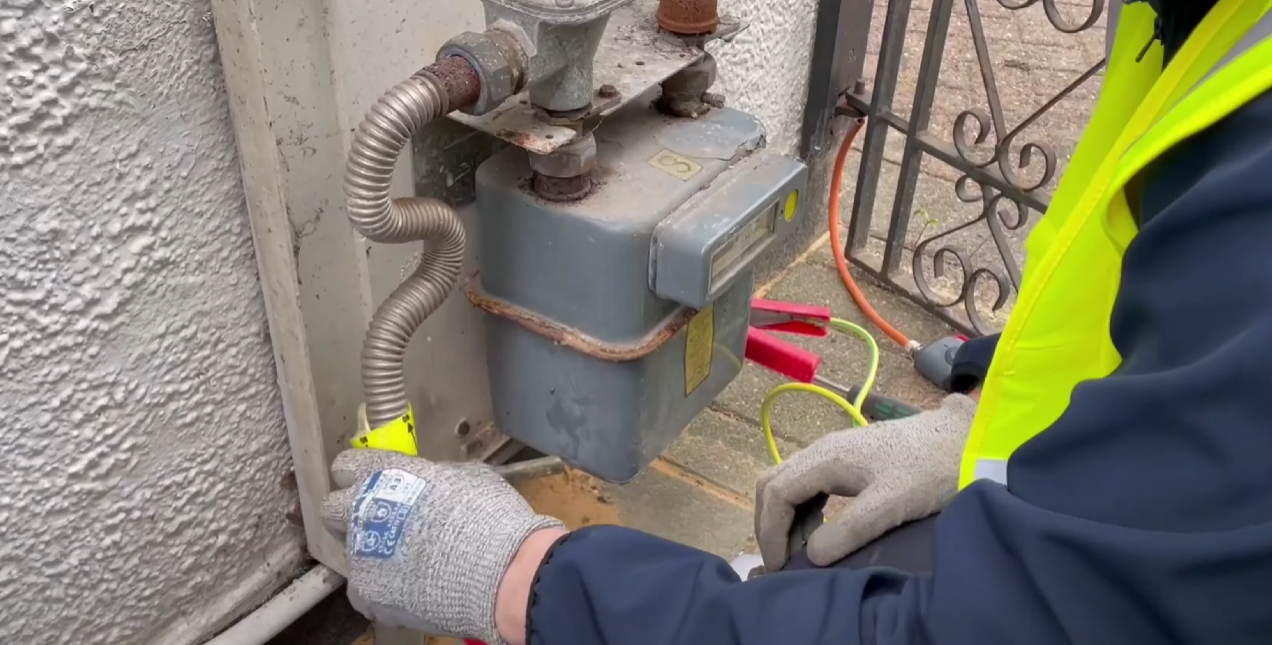
While gas meters measure gas consumption, smart and electric meters serve a similar purpose for electricity. Let’s examine the similarities and differences in the process and cost of moving these meters:
Moving Smart Meters
The process of moving a smart meter is comparable to that of a gas meter. The costs associated with moving a smart meter are generally similar as well. It is crucial to consider the placement of a new smart meter during installation, especially if future renovations or extensions are anticipated.
Moving Electric Meters
Similar factors influence the cost of moving electric meters. These include the distance to be moved, the time required for the relocation, changing connections, and who is responsible for the move.
Safety & Legal Considerations
Moving a gas meter requires specialized knowledge and expertise due to safety concerns. It is illegal and extremely dangerous to attempt to force a gas meter without professional assistance.
Only qualified gas professionals, approved by the gas supplier, should handle gas meter relocations. Gas meters involve potentially hazardous materials and intricate connections that demand professional handling to prevent gas leaks or other accidents.
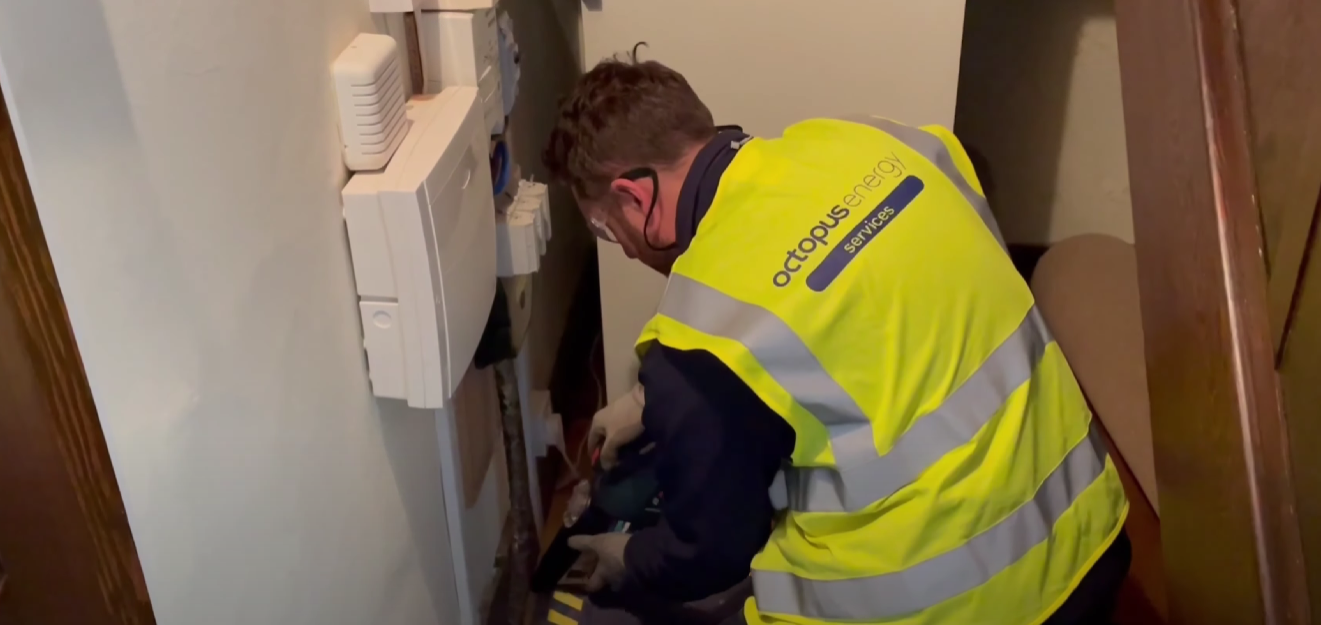
Frequently Asked Questions
- Timeframe for Moving a Meter: Moving a meter can take approximately 4 to 6 weeks due to application and preparation time. Planning and allowing sufficient time for the relocation process is advisable.
- Free Meter Relocation: Individuals may be eligible for free meter relocation under certain circumstances. Priority is given to specific groups, such as those on the Priority Services Register, pension recipients, and individuals with disabilities. Eligibility criteria and exemptions may vary, so it is best to consult with the gas supplier.
- Moving Gas Meters Outside: Moving a gas meter from inside to outside is possible. However, the cost increases significantly if the meter needs to be moved more than 1 meter away from its original location.
Helpful Gas Meter Moving Checklist
Before moving a gas meter, it is essential to consider and follow a helpful checklist to ensure a smooth and successful relocation. The list includes the following key points:
1. Determine if Moving the Gas Meter is Necessary.

Evaluate whether the current location of the gas meter poses challenges regarding accessibility. If reaching or reading the meter is difficult due to its placement, moving it to a more accessible site may be necessary.
If you plan any renovations or structural changes to your property, consider whether the gas meter’s current position will hinder construction. If it does, relocating the meter becomes essential to facilitate the renovation work.
Assess whether the gas meter interferes with crucial structural work, such as building extensions, installing new plumbing systems, or changing the property’s layout.
2. Calculate the Costs: Understand the Breakdown.
Determine the materials needed for the gas meters relocation, such as new pipes, fittings, and additional equipment. Consider the length and complexity of the pipe system to estimate the cost of materials accurately.
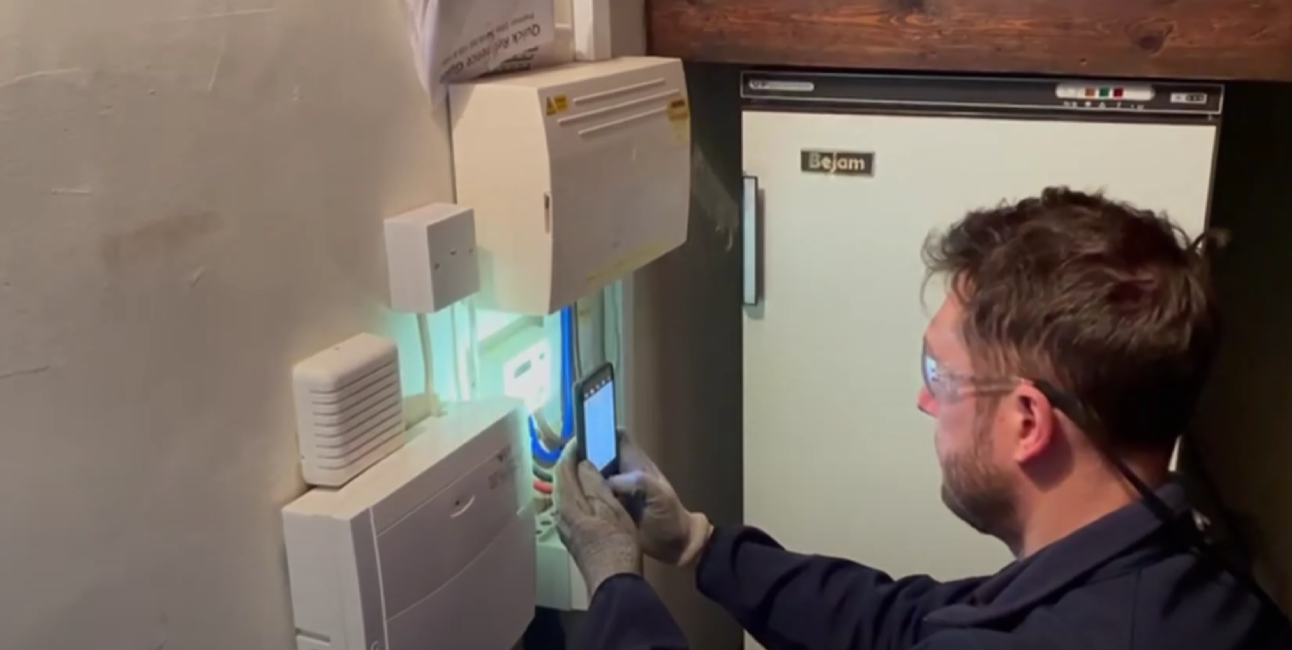
Research and gather quotes from licensed gas professionals to understand the labor costs of relocation. Consider the project’s duration and local labor rates to estimate the labor expenses accurately.
Conclusion
Moving a gas meter involves factors influencing the overall cost, including materials, labor, plastering, meter housing, and location-based variations. It is essential to seek professional assistance from gas professionals to ensure a safe and compliant process.
Attempting to move a gas meter independently is illegal and extremely dangerous. Individuals can successfully move their gas meters by following safety [1] regulations, obtaining accurate cost estimates, and relying on trained experts while minimizing potential risks.

